Throughout the history of mankind, we have left our mark everywhere on Earth. There is no place you can go that no one has explored before. This does not mean that all places on earth are easy to find. There are many places where people live but are difficult to access, and these places do not always have all the modern amenities found in the developed world. Here are 10 extremely remote places on Earth that you may want to explore… or not!
1. Palmerston Island

Palmerston is an island located 2,000 miles northwest of New Zealand. The picturesque white sand destination is home to 62 people, 59 of whom are direct descendants of a man named William Marsters, who settled there. There are no stores or markets in Palmerston because the community does not use the money, except to buy supplies outside of where they live. Palmerston is usually visited by a supply ship twice a year, but it is not uncommon for residents to spend up to 18 months without cargo.
If you can get on this boat from Tahiti, you will be able to get to Palmerston. Residents are very welcoming to visitors and invite them to stay in their own homes. There are two telephones on the island, as well as 6 hours of electricity per day and 4 hours of Internet access.
2. Supai Village, Arizona
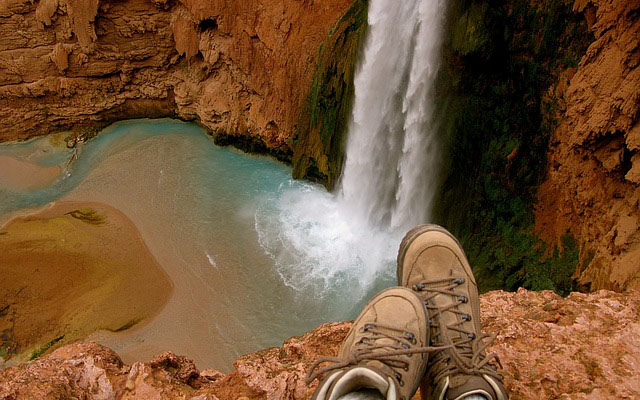
Despite the fact that the Grand Canyon is one of the most visited places in the United States, Supai is much less frequented. Supai, the tribal centre of the Havasupai tribe, is an isolated village located in the southwestern branch of the canyon. Tourists are welcome on the protected reserve, but you must hike or ride 8 miles to get there unless you can catch a helicopter.
Havasupai means “blue-green water people” in reference to the four magnificent waterfalls found along Havasu Creek. Waterfalls serve as a source of water for the community. The 208 permanent residents receive their mail by mule.
3. Oymyakon, Russia

If you are a fan of extremes, you may want to put Oymyakon, in Russia, on your list. This remote location is the coldest continuously inhabited place on the planet, with average temperatures of -58 degrees Celsius. To get there, fly from Moscow to Takutsk or Magadan. Then it’s a treacherous journey on the “Bone Road” to Oymyakon.
There is no running water because everything is frozen, so get ready to use an outhouse – quickly! It is impossible to grow anything in this climate, so typical meals include frozen fish, reindeer meat and (prepare yourself for that) horse blood ice cubes with macaroni. Some 500 residents live in this frozen place, a place bathed 21 hours a day in the dark.
4. Pitcairn Island, British Overseas Territory
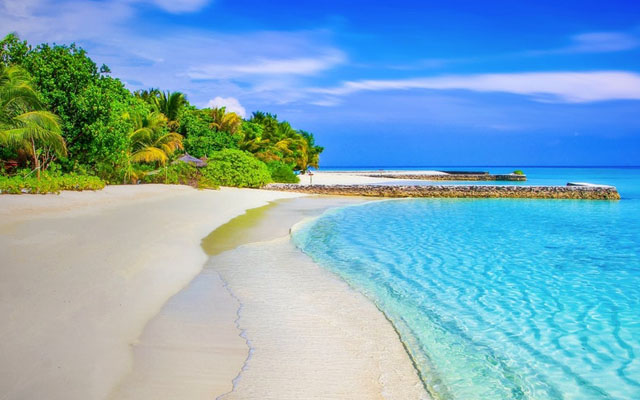
You may know the history of the “Mutiny on the Bounty”, and if so, you will recognize Pitcairn Island as the place where the mutineers settled in 1790 from that history. There were settlers earlier, however, as the mutineers discovered the remains of a Polynesian settlement, including earthen ovens, burial sites, and stone gods.
Pitcairn Island is a British overseas territory located 3,300 miles from New Zealand, which acts as the island’s administrative headquarters. Today, 50 people live in Pitcairn. Tourists who undertake a 32-hour yacht trip regularly visit this island, but it is rare for a new resident to settle there.
5. Siwa Oasis, Egypt
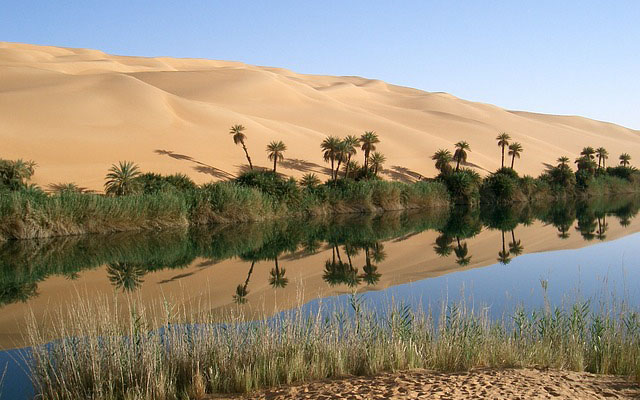
Although it is the famous Cleopatra Bath, the Siwa Oasis is not visited regularly, as it is a 5-hour bus ride from Cairo. It must be said that the isolation of the region in the middle of the western desert has preserved the Siwi language and the Amazigh culture of the inhabitants.
If you can take the bus, you will have the chance to swim in Cleopatra’s bath, a luxurious mineral spring, and enjoy delicious local olives and dates. There is also an ecological cottage made of mud and salt available to visitors.
6. Tristan da Cuhna
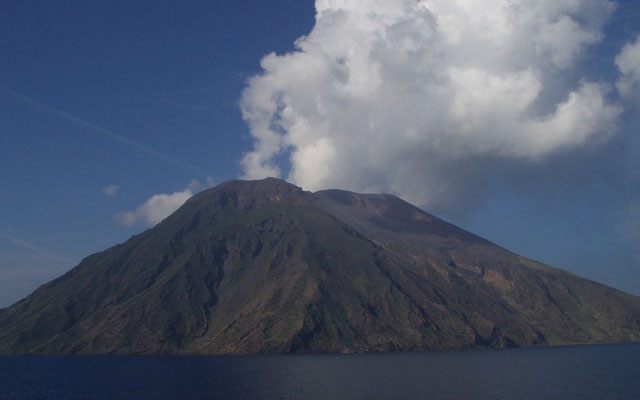
This remote island is volcanic, but this does not prevent 258 people from living there. In addition, you will find a lot of infrastructures, including shops, schools, churches and a hospital. There is no electricity grid, but residents have gas generators for electricity.
The island was named by its discoverer, who gave his name to the place but never set foot on it. Today, the island is a British territory. To visit it, you must carefully plan your stay. This is a 1,732-mile boat trip from Cape Town, South Africa, and ships only visit the island 9 times a year.
7. Utqiagvik, Alaska (Barrow)
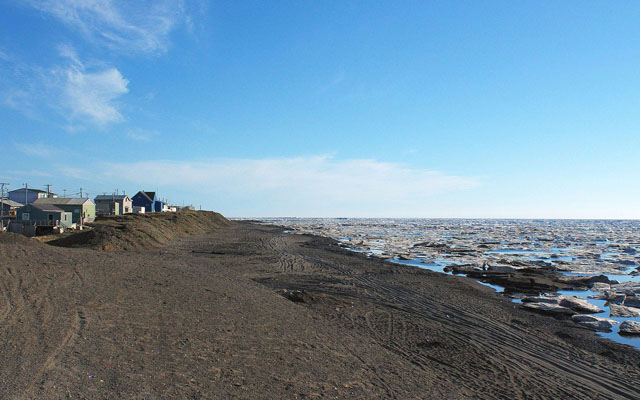
This icy city has two names. Barrow was the name given to Sir John Barrow, 2nd Secretary of the British Admiralty, but it is not known why. Archaeological evidence suggests that people have lived there for at least 500 years after Christ. The natives call the city Utqiagvik.
Despite a “hot” season of 3 months with temperatures around 36F (the cold season averages 3F with 65 consecutive days of darkness), an impressive 4,429 people settle in Utqiagvik. They heat their homes with natural gas and have water and sewer service, as well as telephone, mail, radio, cable and Internet. There are hotels and restaurants. However, the city is only accessible by a one-hour flight from Anchorage (½).
8. La Rinconada, Peru
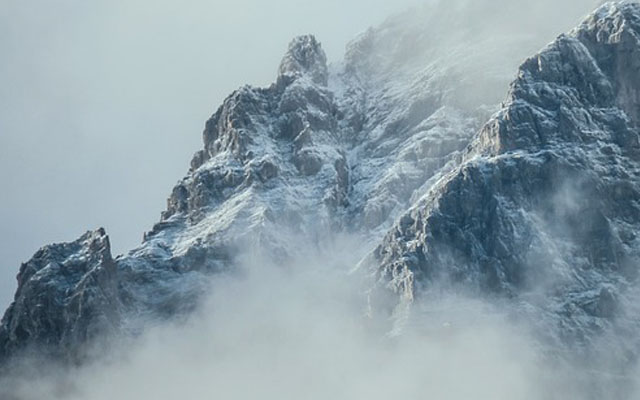
Located at the top of the Andes mountain range, La Rinconada is the kind of place you might like to say you’ve been, but you won’t want to stay long. With more than 16,000 feet, it is the highest human habitation in the world. Visitors often experience symptoms of altitude sickness, including headaches, nausea and shortness of breath.
About 50,000 people live there due to a gold rush in the early 2000s, but the majority of them live below the poverty line in a community with no amenities, infrastructure or plumbing. There are no real roads, but 6 hours drive from the nearest town, you will be close enough for hiking.
9. Bantam, Cocos Islands
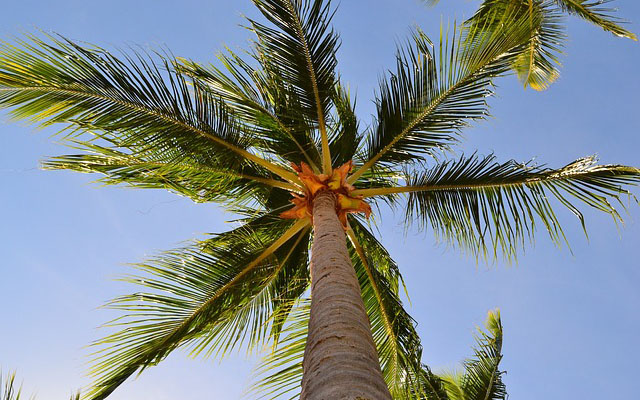
The isolation of Cocos Islands, located about 1,700 miles from Perth, Australia, has allowed the traditional oral, religious and cultural practices of the Malay de Cocos to flourish. About 600 people live on the islands.
But despite its isolation, the region often receives many tourists. Residents are welcoming and have made efforts to offer visitors activities such as snorkelling, surfing, kitesurfing and bird watching. There are flights twice a week from Perth. So it is a beautiful place to go on holiday.
10. Socotra Island, Yemen
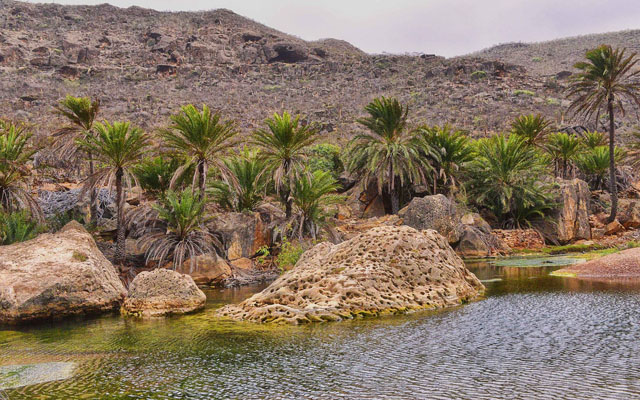
The island of Socotra is unusual in that it has 40,000 inhabitants and only built its first road in 2011. It is also home to 800 rare plant species, some of which have shapes so strange that they seem to come from another planet. In fact, the unusual appearance of these plants, one-third of which are found nowhere else on Earth, testifies to life’s ability to adapt to the environment.
The island is located about 400 miles from the capital of Yemen and has a tropical desert climate. You can fly from Sanaa to get there.


![[Photos] Why WD-40 Is Magic In Your Garden?](https://lifetonik.com/wp-content/uploads/sites/7/2019/08/WD40-Prices-Highres_Page_8_Image_0008-218x150.jpg)




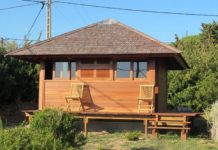
![[Photos] Take A Look Of The Obama’s New Home Before It’s Banned](https://lifetonik.com/wp-content/uploads/sites/7/2019/07/Obama1-218x150.jpg)

![[Slideshow] Celebrity Homes: 21 Of The Most Luxurious](https://lifetonik.com/wp-content/uploads/sites/7/2019/07/Taylor-Swift-218x150.jpg)
![[Slideshow] More Parents Are Now Gluing Pennies to the Bottom of their Kid’s Shoes](https://lifetonik.com/wp-content/uploads/sites/7/2019/07/Keep-Them-Entertained-218x150.jpeg)
![[Photos] 20 Fashion Mistakes That Too Many Women Make!](https://lifetonik.com/wp-content/uploads/sites/7/2019/07/5-style-mistakes-that-make-you-look-frumpy-featured-218x150.jpg)





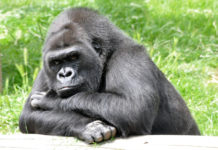



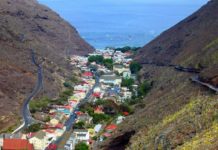









![[Gallery] 25 Discounts For Seniors To Which You Are Entitled Without Knowing It](https://lifetonik.com/wp-content/uploads/sites/7/2019/08/EAZxECUXUAAvNZR-218x150.jpg)
![[Slideshow] Here’s the salary of every governor in the United States](https://lifetonik.com/wp-content/uploads/sites/7/2019/08/Charlie-Baker-218x150.jpg)
![[Photos] No One Will Want To Buy This House After Seeing These Pictures](https://lifetonik.com/wp-content/uploads/sites/7/2019/08/terrible-real-estate-photos-2-5c35e727c9f95__700-218x150.jpg)



